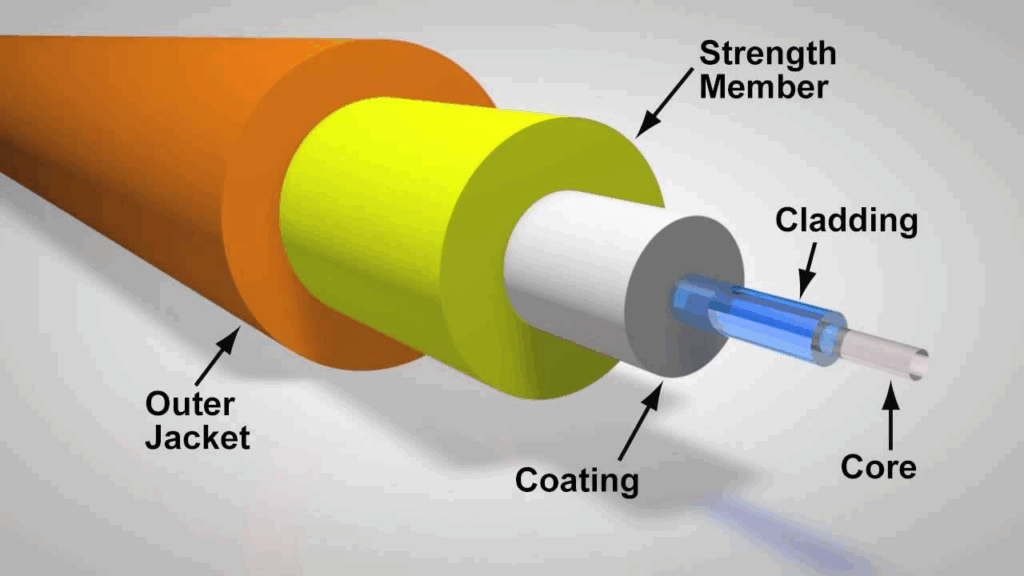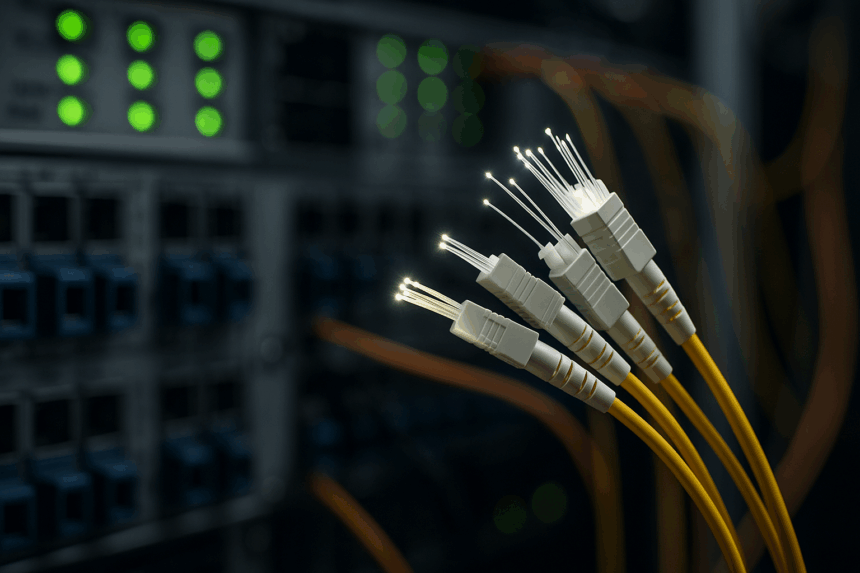Japanese scientists at the National Institute of Information and Communications Technology (NICT) set a new world record in data transmission speed. Their fibre-optic test reached a staggering 1.02 Petabits per second (Pbps) over 1,123 miles — roughly the distance between Miami and Cleveland. The test’s speed is more than 3.5 million times faster than the average network speeds today. The breakthrough promises to transform data networks without requiring massive infrastructure changes.
What’s Happening & Why This Matters
NICT researchers tested a 19-core optical fibre with the same thickness — 0.125mm — as the fibre cables currently used worldwide. Each core carries independent light paths, allowing 19 streams of data to travel simultaneously through the same physical cable. This design vastly increases data capacity without replacing existing global fibre networks.
Achieving 1.02 Pbps means users could theoretically download the entire Netflix library in under a second or access every English Wikipedia page five times over almost instantly. The researchers emphasise that this record isn’t just a novelty but an advancement for scalable, high-capacity networks to meet growing global data demand.
The test distance, over 1,100 miles, simulates real-world long-distance data transmission needs. NICT’s breakthrough offers a solution to the ongoing challenge of handling surging internet traffic efficiently, especially as undersea cables form the backbone of global connectivity.

The innovation arrives as internet speeds continue rising sharply. Nielsen’s Law identifies that high-end internet speeds increase roughly 50% each year, doubling every 21 months since 1983. With many users currently enjoying gigabit speeds, the demand for 10 Gbps or higher is expected within a decade. Records like NICT’s test are pivotal for preparing networks for growing demands.
By using fibre compatible with existing infrastructure, next-gen technology can be integrated without costly, large-scale overhauls. The test is a practical development for telecom and network providers worldwide.
TF Summary: What’s Next
Japan’s fibre-optic breakthrough pushes internet speeds to unprecedented levels, more than three million times faster than today’s average. The use of multi-core fibres compatible with current infrastructure offers a scalable path to meet future data needs.
As data consumption grows and speeds climb, innovations like NICT’s test will support expanding digital economies, cloud services, and AI applications. Telecom providers are adopting new technologies that keep global connectivity fast, reliable, and ready for tomorrow’s demands.
— Text-to-Speech (TTS) provided by gspeech


